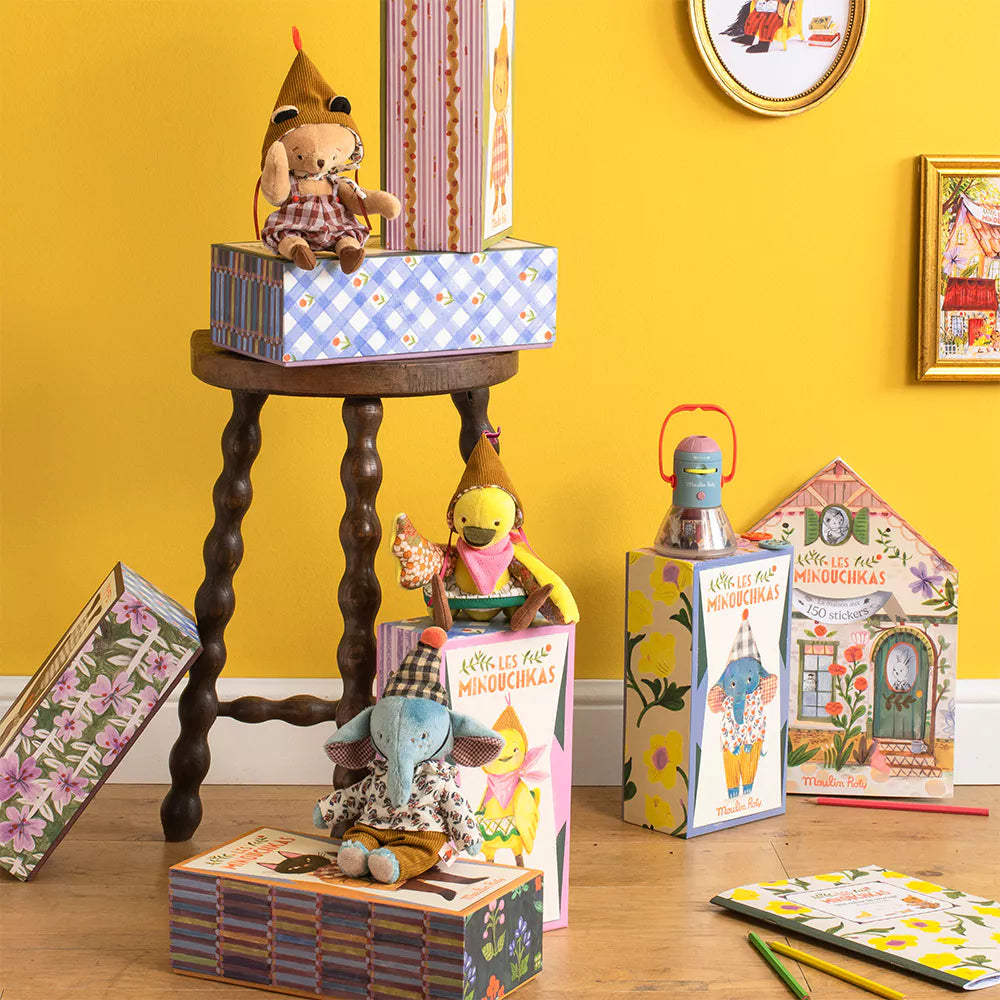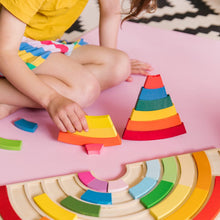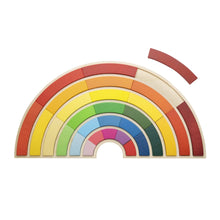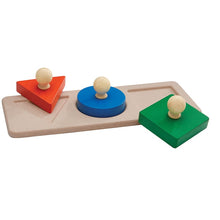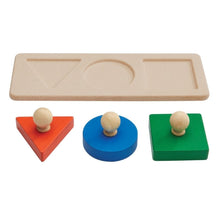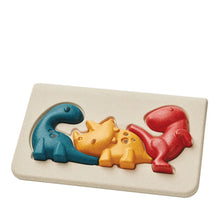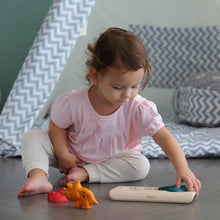Nurturing Young Minds: The Power of Diverse Toys and Creative Play

Fostering creativity and exploration in children is one of the most valuable gifts we can provide as parents and caregivers. The key lies in offering a thoughtfully curated selection of toys, games, and art supplies that spark imagination and encourage discovery.
Building a Diverse Toy Collection 🪀🧸🥁
A well-rounded toy collection should span multiple categories to support different aspects of development:
Creative Arts & Crafts: Stock up on crayons, markers, coloured pencils, paints, clay, stickers, and various papers. These materials allow children to express themselves freely and develop fine motor skills while exploring colour, texture, and form.
Building & Construction: Blocks, LEGO sets, magnetic tiles, and construction kits challenge spatial reasoning and problem-solving abilities. These toys grow with your child, from simple stacking for toddlers to more complex architectural projects for older kids.
Imaginative Play: Dress-up clothes, dolls, action figures, play kitchens, play-food items and toy vehicles all transport children into different worlds. Role-playing develops social skills, emotional intelligence, and storytelling abilities.
STEM Learning: Science kits, puzzles and coding games all introduce concepts in science, technology, engineering, and maths through hands-on exploration.
Musical Instruments: From simple shakers and drums to recorders and music stations, musical toys help develop a child's rhythm, coordination, and auditory processing skills, at any age.
The Magic 🪄 of Toy Rotation
Rather than overwhelming children with every toy at once, implement a rotation system that keeps playtime fresh and engaging:
Weekly Rotations: Store most toys away and rotate them weekly. This creates excitement as 'new' toys reappear and prevents overstimulation from too many choices.
Seasonal Themes: Align toy rotations with seasons, holidays or even birthdays. Bring out beach toys in summer, flower presses and bug boxes for spring, craft supplies for rainy days, or building sets during winter months.
Interest-Based Swapping: Pay attention to your child's current fascinations. If they're obsessed with dinosaurs, rotate in prehistoric-themed books, figures, and puzzles. If they're fascinated by vehicles, rotate in train sets, construction trucks, and transportation books. Art-focused children could benefit from rotated drawing and craft supplies. For budding scientists, introduce toys like magnifying glasses, simple experiments, and nature collection boxes.
Skill Development Focus: Rotate toys based on developmental goals. Emphasise fine motor toys when working on writing skills or bring out more challenging puzzles as problem-solving abilities grow.
Creating an Environment for Exploration 🔍
Beyond the toys themselves, consider your child's play environment:
Accessible Storage: Use clear bins and low shelves so children can independently access and put away toys, fostering responsibility and organisation skills.
Dedicated Spaces: Create specific play zones for different activities - an art corner, a zone for block and construction play, or a quiet reading nook.
Open-Ended Materials: Include items like cardboard boxes, fabric scraps, and natural materials that can become anything in a child's imagination and encourage free creative play.
Some Benefits of Thoughtful Toy Selection
When we provide diverse, rotating toy collections, we're supporting:
- Enhanced creativity and imagination
- Improved problem-solving skills
- Better focus and attention span
- Reduced toy overwhelm and clutter
- Increased appreciation for available toys
- Development of organisational skills
Remember, the goal isn't to have the most toys, but to have the right toys that inspire wonder, learning, and joy. By thoughtfully selecting and rotating your child's playthings, you're creating an environment where creativity can flourish, and exploration becomes a natural part of everyday play.
